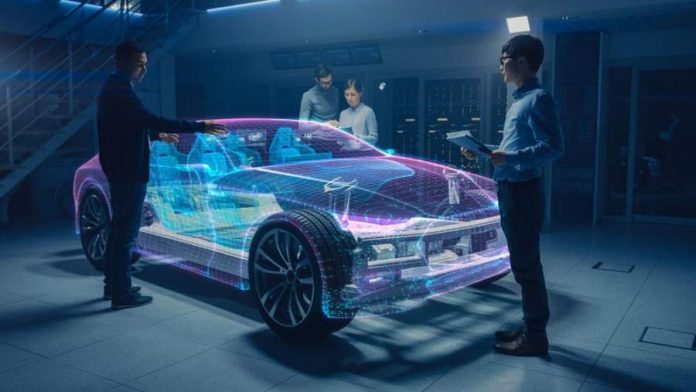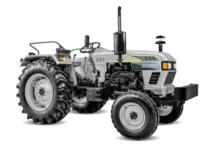No question about it, manufacturers are outdoing themselves in designing futuristic vehicles. Many are now using Virtual Reality (VR), Augmented Reality (AR), and Artificial Intelligence (AI) to transform the automotive industry. Thanks to augmented reality, humans require no comprehension of angles, distances, or north orientation.
Google has been providing trailblazing technology since its launch. And it hasn’t been left behind when it comes to applying new technologies. Google Maps now does more than just give directions, it uses Artificial Intelligence to identify and forecast “hard-braking events” as you drive.
Here are two ways augmented reality is transforming the automotive industry.
1. Car Shopping
When it comes to car shopping, smartphone-specific augmented reality experiences are not new. However, the Covid-19 pandemic enhanced the technology’s use even further. As people were confined to their homes and shopping for cars, manufacturers and dealers got creative.
AR may not quite capture the burned rubber smell, show how comfy the seats are, or display the car’s performance on a dusty off-road adventure, but it helps car buyers view and test drive cars from the comfort of their homes.
Manufacturers and car dealerships use different features to enhance the car-buying experience: at-home walk-arounds, car stock photos, virtual test drives, and even virtual reality showrooms. The list of technology-enhanced features meant to simplify the car-buying experience is endless.
Porsche, Jeep, and Volvo are among many automakers taking advantage of augmented reality. They run apps offered by Google on both iOS and Android devices.
Google’s augmented reality technology gives shoppers a close-up of cars with tremendous detail. It shows the minutest details, like the grain on the car’s leather-wrapped steering wheel. You can also park a virtual vehicle on a favorite road or in your own driveway.
Augmented reality helps consumers familiarize themselves with vehicles before test-driving them and shortens the shopping experience.
2. HUD Displays
For a while now, augmented reality face-worn gear–like Microsoft Hololens and Magic Leap–has taken center stage. However, AR-based head-up displays (HUDs) are slowly becoming popular. They increase road safety by minimizing dangerous distractions. Cars from BMW, Mercedes, and Land Rover will be among the first to use this technology.
The latest Mercedes A-Class and GLE, for example, provide navigation instructions and information in real time. The Mercedes 2020 GLE model is the first car to feature an augmented-reality navigation screen. As a driver approaches the next turn, turn instructions, street names, and building addresses pop up to make driving easier. All this happens through the car’s live camera view on the dashboard. The vehicle tracks the terrain in real time no matter the driving speed.
This technology adapts to the driver’s speed and the car’s distance from objects. With time, the Mercedes Dice Concept won’t cover the dashboard screen but the entire windshield. The driver’s view will change, thanks to magnified route trackers and road signs. They will also have enhanced awareness of ragged edges on the road.
Thanks to AR, car manufacturing and car selling will never be the same. And as technology advances, so will the automotive industry. Auto manufacturers are also using smartphone AI apps to change driving as we know it. We can’t wait to see the changes yet to come!



































































